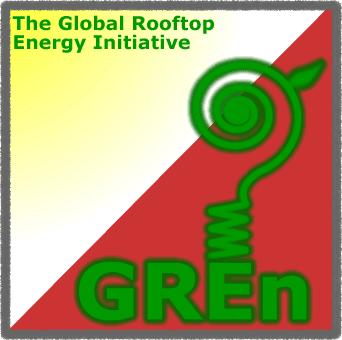In a solar cell, sunlight hits a light-harvesting material, causing it to release electrons that can be harnessed to produce an electric current. The new MIT research, published online this week in the journal Nature Nanotechnology, is based on findings that carbon nanotubes — microscopic, hollow cylinders of pure carbon — can enhance the efficiency of electron collection from a solar cell's surface.
Previous attempts to use the nanotubes, however, had been thwarted by two problems. First, the making of carbon nanotubes generally produces a mix of two types, some of which act as semiconductors (sometimes allowing an electric current to flow, sometimes not) or metals (which act like wires, allowing current to flow easily). The new research, for the first time, showed that the effects of these two types tend to be different, because the semiconducting nanotubes can enhance the performance of solar cells, but the metallic ones have the opposite effect. Second, nanotubes tend to clump together, which reduces their effectiveness.
And that’s where viruses come to the rescue. Graduate students Xiangnan Dang and Hyunjung Yi — working with Angela Belcher, the W. M. Keck Professor of Energy, and several other researchers — found that a genetically engineered version of a virus called M13, which normally infects bacteria, can be used to control the arrangement of the nanotubes on a surface, keeping the tubes separate so they can’t short out the circuits, and keeping the tubes apart so they don’t clump.
(...) In their tests, adding the virus-built structures enhanced the power conversion efficiency to 10.6 percent from 8 percent — almost a one-third improvement.More @ PhysOrg.com

